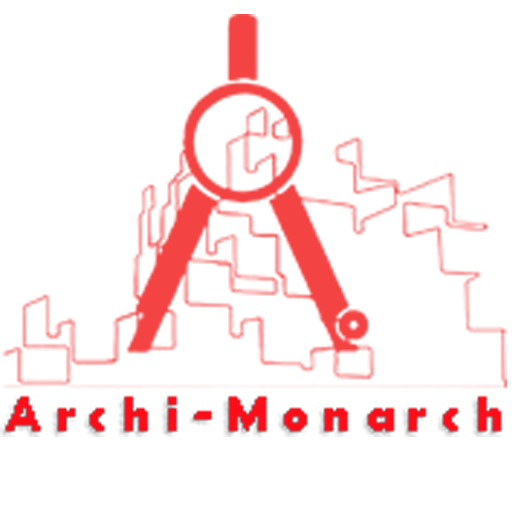If you want to know about the interior detail or standard detail or miscellaneous detail, please click the link.
A landscape boundary wall is a type of wall or fence that is used to define the boundaries of a property or garden. These walls can be made from a variety of materials, including brick, stone, wood, metal, or a combination of materials.
They can be used for both functional and decorative purposes, and can be designed to match the style of the surrounding landscape and architecture.
Some common types of landscape boundary walls include:
- Garden walls, which are low walls that are used to define the boundaries of a garden or flowerbed.
- Retaining walls, which are used to hold back soil and prevent erosion. They are often found in hilly or mountainous areas and can be made from a variety of materials including stone, brick or concrete.
- Privacy walls, which are used to block views and provide privacy. They can be made from wood, metal or other materials and can be tall or short, depending on the level of privacy desired.
When building a landscape boundary wall, it’s important to consider a number of factors, such as the purpose of the wall, the surrounding landscape, the materials you want to use, and local building codes and regulations.
It’s a good idea to consult with a landscape designer or a builder to make sure that your wall is functional, safe and in compliance with the local laws.
Image of landscape boundary wall detail and downloadable (in DWG) link below

Landscape boundary wall detail drawing – 3
A landscape boundary wall detail drawing is a technical drawing that shows specific information about the construction and design of a landscape boundary wall.
This type of drawing is usually created by a landscape architect, engineer or a builder, and is used to communicate the specific design and construction details of the wall to the contractor who will be building it.
A landscape boundary wall detail drawing typically includes information such as:
- The overall dimensions of the wall, including the width, height, and length
- The type of materials to be used for the wall, such as the type of bricks, stones, or wood
- The type of foundation to be used for the wall, such as a concrete slab or footings
- Drainage details, such as where and how water will be directed away from the wall
- Details of any elements such as seating or planters that would be incorporated
- Connections details of the wall with other elements such as a terrace, pathway, or other landscaping features
- Notes about the level of finish required and any special features such as lighting.
It’s essential to have accurate and detailed landscape boundary wall detail drawing, to ensure that the wall is built correctly and to the desired specifications.
Clear communication and proper understanding of the drawings can help to prevent mistakes, delays, and additional costs during the construction process.
Our tips to help you improve your architectural landscape boundary wall detailing.
